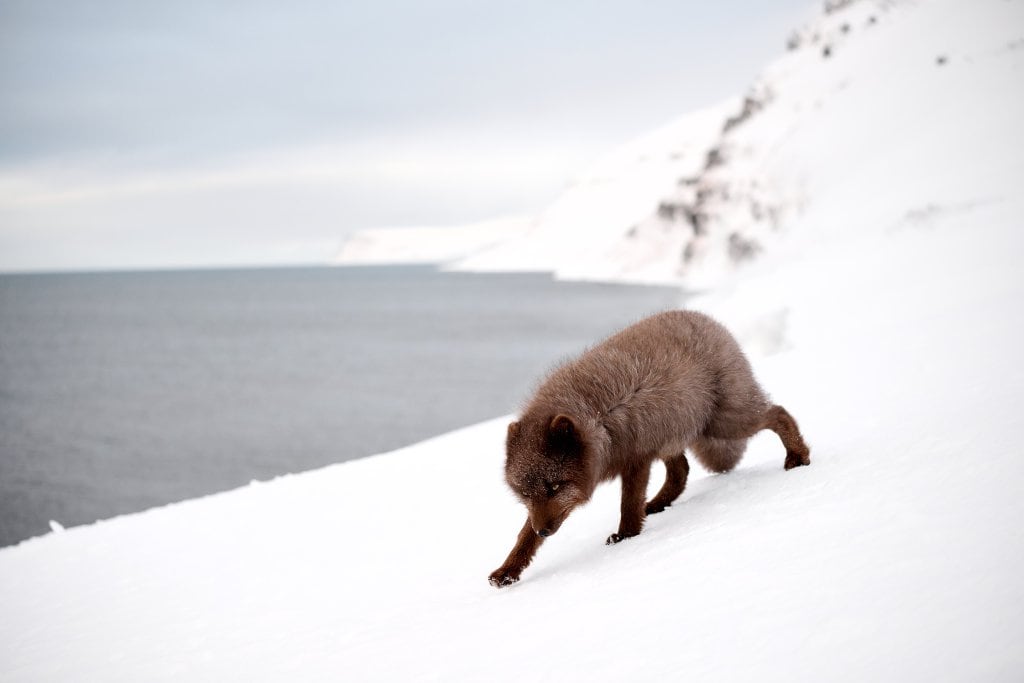Winter in Iceland is undoubtedly the most magical season of the year. It’s the time when the Northern Lights dance and the whole country is transformed into a minimalist playground. The quietness, serene landscapes and a blanket of mystery covering everything.
Imagine you have been waiting for some hours in this beautiful landscape and all of a sudden an Arctic Fox appears. Another one pops up out of nowhere and they start to chase each other. You are exactly in the right position and the frame is just perfect. These are some of the moments worth waiting for and the ones you will face in our next photography expedition.
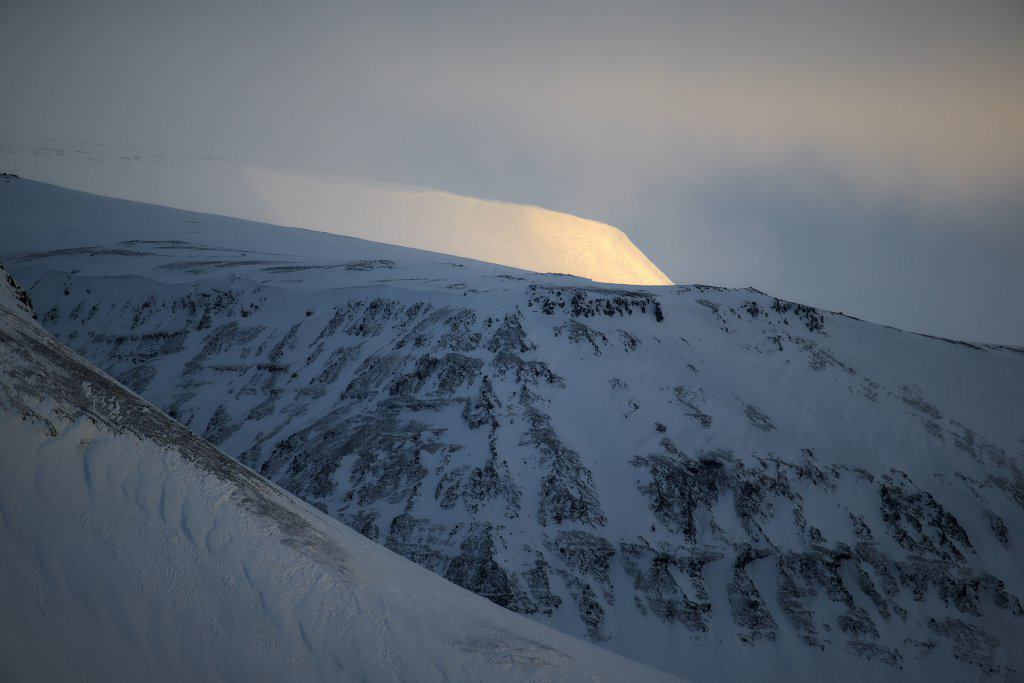
Though Iceland is a Paradise for capturing amazing landscape and wildlife photographs, it can also be quite challenging with the weather conditions and general winter atmosphere for the photographers behind the camera. Remember, if you’re not equipped for the winter conditions in Iceland a trip can easily take a turn you don’t want it to.
Considering all this, I’ve created this essential guide to help make the most of your photography trip. Here, I’ll share everything you need to know about landscape and wildlife photography in Iceland during the winter.

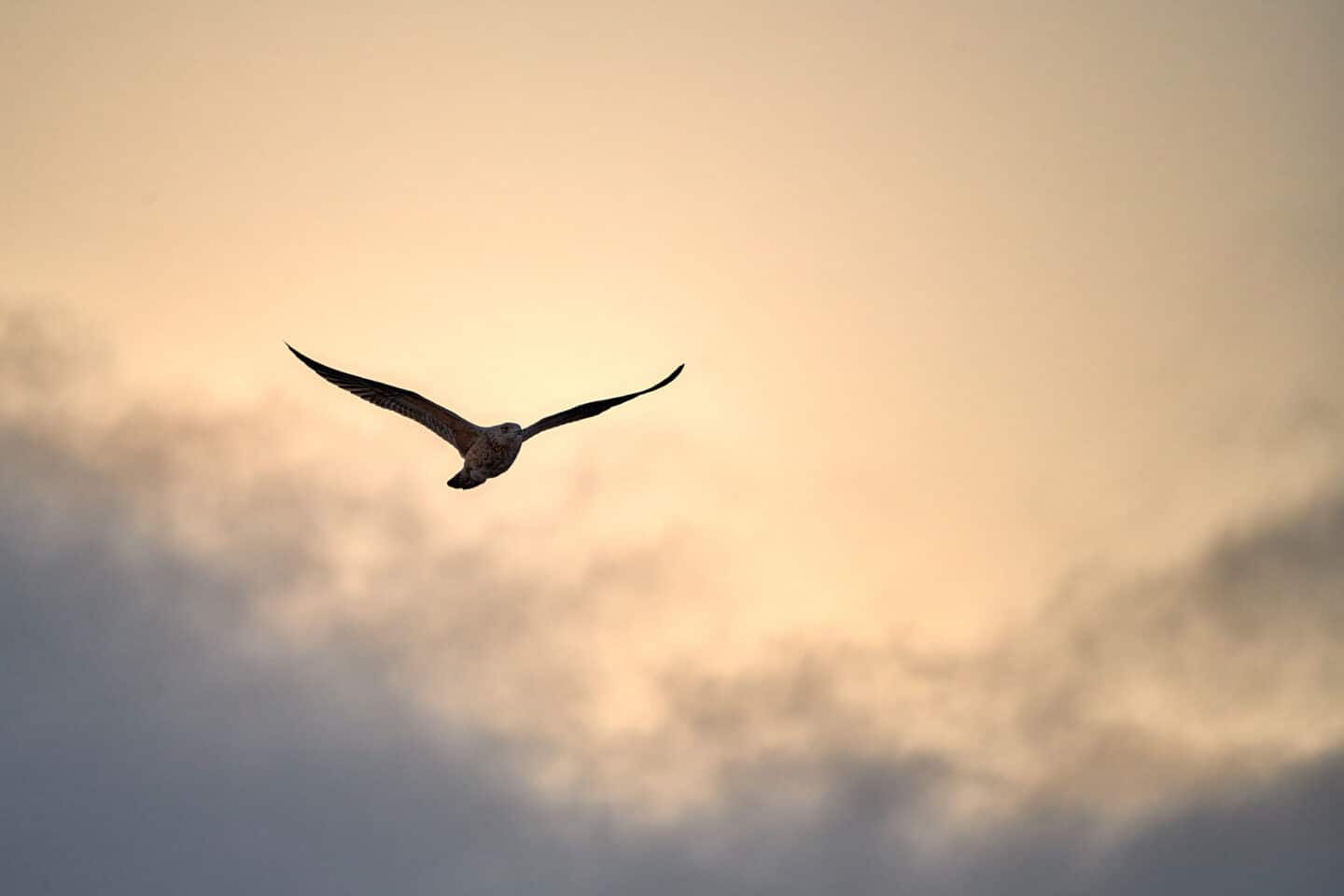
Understanding the Icelandic weather is the first and foremost thing you should do before leaving for winter photography. Since the country is nestled between Irminger Current and the North Atlantic, its climate can be more temperate than you would expect. Not only the cold can be challenging, especially the wind will behave unexpectedly and can make it feel way colder than it really is.
I would like to characterize the Icelandic weather as notoriously variable rather than cold. In summer (July to August), the average temperature can vary between 7°C and 20°C. On the other hand, the temperature in winter (November to March) can even drop to -8°C.
The most important preparations you can do are to check the weather forecast regularly, change your travel schedule whenever possible to avoid intense weather and wear your clothing in layers when going outside. Better twice as many thin layers, than a few thick ones. The warmth will be trapped between and you will be way more comfortable.

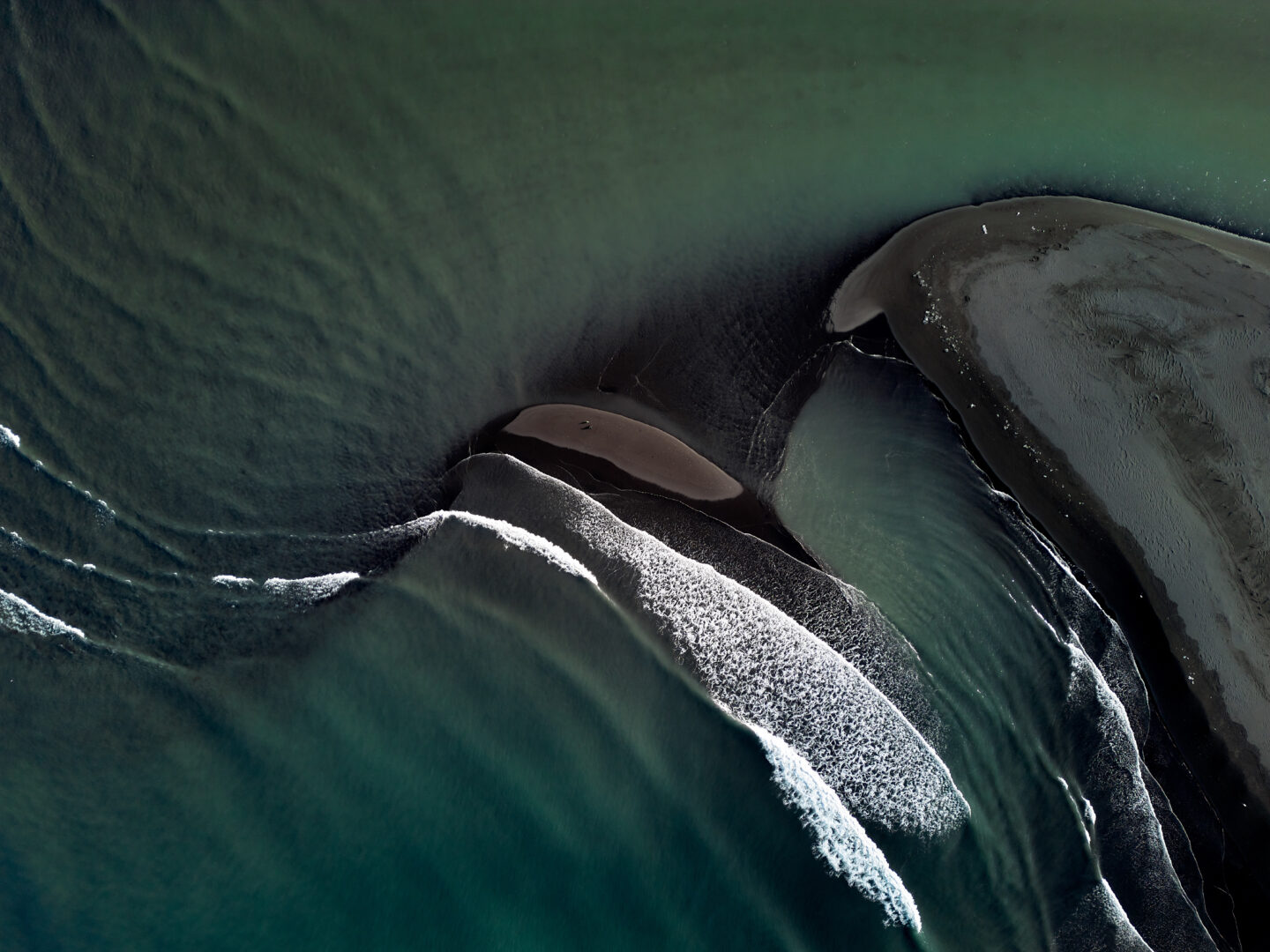
Iceland is one of the destinations that offers endless opportunities to photographers during winter. Sometimes, it becomes challenging even to know how to best capture the unexplored beauty of the country when everything is covered in mounds of whiteness.
Both landscape and wildlife photography come with there own challenges and I’m going to share the essential gear to bring to maximize your chances of taking the photos you are intending to.
Both zoom lenses and prime lenses have there place. Daylight is short in winter and getting the most of that light by getting a wide aperture prime lens can be of added value. Also, looking at the arctic foxes we are photographing in winter conditions: they are quick moving animals, sometimes a bit more curious, sometimes a bit more shy. A versatile telephoto lens is a must to get your best shot.
When photographing the Icelandic landscapes in general a mis between wide-angle, medium zoom and telephoto is always recommended.
A tripod is an essential piece of gear that we, as photographers, can’t ignore. You have heard that the sturdier, the better; this definitely goes for tripods when leaving for winter photography in Iceland. Lightweight is convenient, but with strong winds a sturdy tripod will be of more use.
When you visit Iceland in winter, you will want to capture the majestic Northern Lights or some of the beautiful waterfalls and with those slower shutterspeeds a tripod will come in handy.
We all know that even high-tech batteries drain faster in cold conditions. So, if you want to remain unworried during your photography adventure in winter conditions in Iceland, be sure to get prepared with extra batteries.
You can have a portable charger to boost your camera power on the go. But just be sure the charger you choose should not be too bulky in your daypack.
In addition to batteries or portable chargers, I suggest carrying extra memory cards with you when leaving for winter photography in Iceland. Since the awe-inspiring views welcome you around every corner, you’re likelier to fill up your photo memory cards faster than you expect and it is better to swap your memory cards often, to keep your images safe.
In winter I would say that filters are somewhat less important than in summer, but that is a personal preference. Because of the limited daylight, we often have a slightly darker scene which makes it easier to shoot long exposure without a filter. However, snow is bright and shooting a waterfall in the middle of the day might just require a good ND filter. CPL filters can come in handy to get rid of unwanted reflections.
Since the weather is so unpredictable it can be wise to invest in a good camera bag, as well as some equipment to clean your camera when wet or dirty. I am personally not a big fan of raincovers when shooting in wet conditions, because the water might get trapped inside the cover and the moisture stays even longer on the camera body that way. However, a good back with backloading panel can help to get quick access to your camera and to stow it away in a second when the circumstances ask for it.

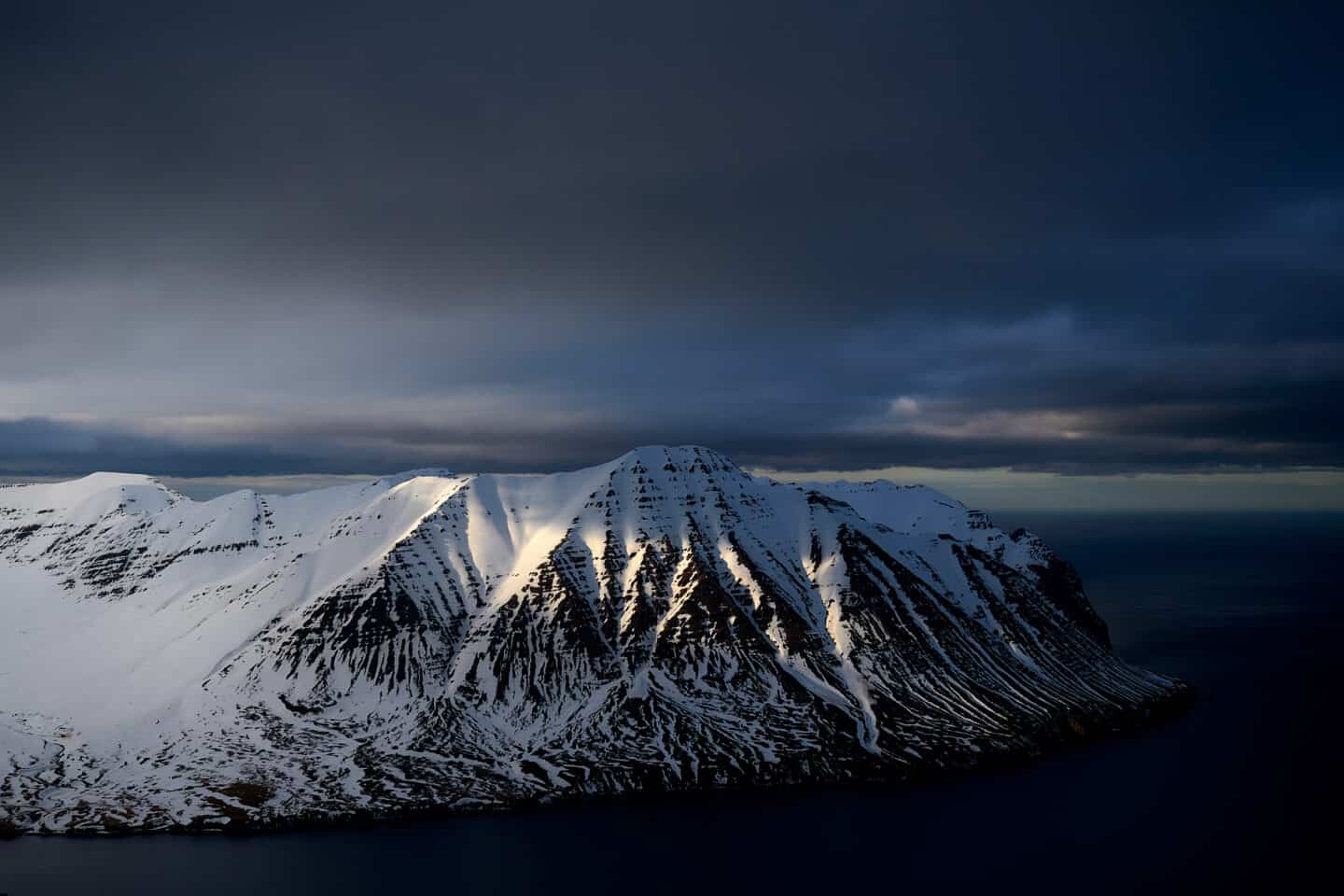
This list is one of recommended items I use when traveling to Iceland in winter time. Feel free to change where needed and adjust to your own preferences.
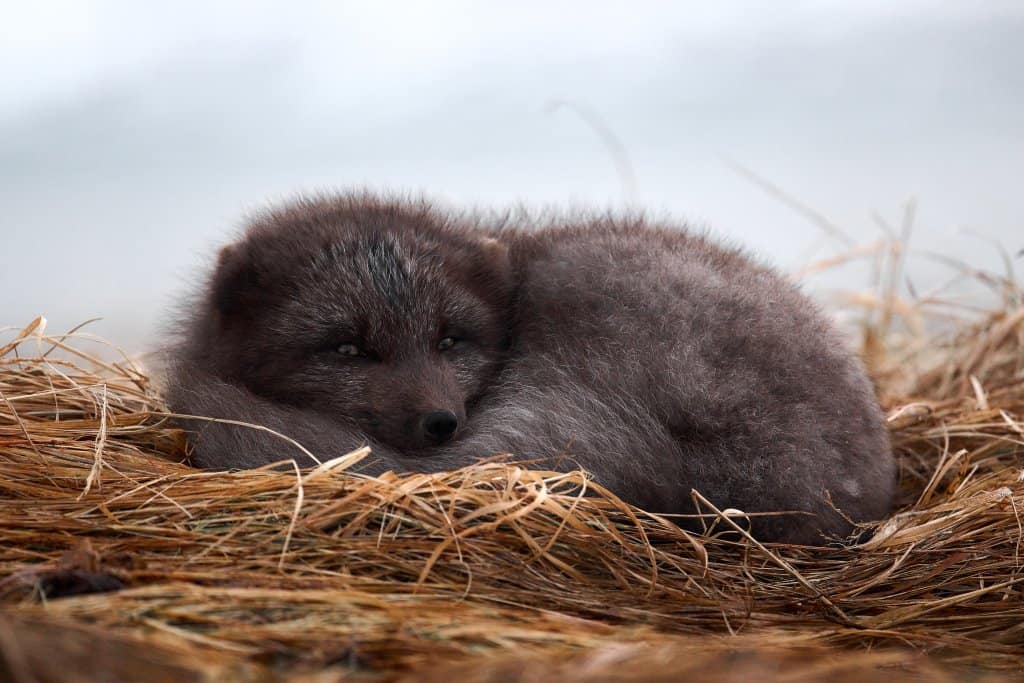
If you want to make the most out of your next photography adventures in Iceland, be sure to focus on the following checklist:
One of the most important things to focus on is not some technical advice about shooting settings, but above all else, it is to protect your gear. When transitioning from a colder to a warmer climate, moisture can get trapped inside your camera lens.
This can trigger ice crystals to form and make it challenging to shoot again when you decide to go back out into the snow. Undoubtedly, many high-tech DSLRs are weatherproofed, but you still need to be very careful to avoid moisture from being trapped inside your camera and lens. When you take care of your camera equipment, the shots will follow!
The arctic fox is untamed and therefore unpredictable So, be patient and observe the surroundings. The main challenge we as photographers face when capturing Arctic Foxes is both the color – when facing the White Morph – as well as the movement which might be in the opposite direction from what you expect.
Make use of contrast to frame your shots, wait patiently while having a composition in mind and hope for the best. Having your gear ready and batteries charged at all times is necessary. You don’t want to click and only then realize that your memory card is already full..
Of course it is important to know your photography gear and dial in the right settings at the right time, but photography is more about telling a story then only getting the best techincal photo. Observe your subject, be aware of your surroundings, think about what you actually want your audience to experience.
While looking for a composition in these white and minimalist landscapes it can help to find natural layers. Rocks, snow and different colors in the landcape can all add to the composition. Have your camera at eye level with the arctic fox to create more depth. When shooting landscapes make sure to change between zooming all the way in for those abstract shots and zooming out to get more context in your shot.
When getting to your ultimate destination in the snow, you might work up a bit of sweat. Once you stop moving, you will feel even colder. Woolen clothing instead of cotton will be an improvement in these circumstances.
Additionally, you’re likelier to spend most of your time standing around in the cold, waiting for the perfect moment or preparing for the shoot. So, make sure you’re comfortable and, above all else, you’re warm enough to hold the camera. I recommend layering your thermals beneath wind and waterproof clothing while keeping your hands and feet warm with goes gloves and boots to stay comfortable and make your trip more enjoyable.

To sum up, Iceland is one of the most beautiful destinations to photograph unique wildlife and landscapes during the winter, but it is wild and unforgiving at the same time. Once you leave Reykjavik- the capital of Iceland- you will find yourself in a different world, a magical world. So, always be informed and equipped with cold-weather clothing and gear to make photography in Iceland fun.
If you are interested in joining our Arctic Fox and Winter Photography Expedition, you can find more information here.
